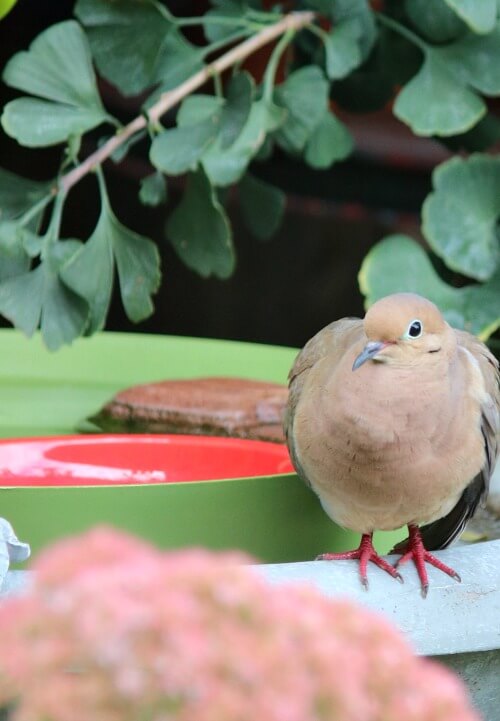

When in 1758 the Swedish naturalist Carl Linnaeus updated his Systema Naturae for the tenth edition, he conflated the two species. Edwards's pictures of the male and female doves were drawn from live birds that had been shipped to England from the West Indies. In 1743 the naturalist George Edwards included the mourning dove with the English name "long-tail'd dove" and the Latin name Columba macroura in his A Natural History of Uncommon Birds. For the passenger pigeon he used the common name "Pigeon of passage" and the scientific Latin Palumbus migratorius for the mourning dove he used "Turtle of Carolina" and Turtur carolinensis. In 1731, the English naturalist Mark Catesby described and illustrated the passenger pigeon and the mourning dove on successive pages of his The Natural History of Carolina, Florida and the Bahama Islands. It is the national bird of the British Virgin Islands.Ĭladogram showing the position of the mourning dove in the genus Zenaida. Mourning doves eat almost exclusively seeds, but the young are fed crop milk by their parents. Both parents incubate and care for the young. The species is generally monogamous, with two squabs (young) per brood. Males and females are similar in appearance. Mourning doves are light gray and brown and generally muted in color. The bird is a strong flier, capable of speeds up to 88 km/h (55 mph). The wings make an unusual whistling sound upon take-off and landing, a form of sonation. Its ability to sustain its population under such pressure is due to its prolific breeding in warm areas, one pair may raise up to six broods of two young each in a single year. It is one of the most abundant and widespread of all North American birds and a popular gamebird, with more than 20 million birds (up to 70 million in some years) shot annually in the U.S., both for sport and meat. The bird is also known as the American mourning dove, the rain dove, and colloquially as the turtle dove, and was once known as the Carolina pigeon and Carolina turtledove. The mourning dove ( Zenaida macroura) is a member of the dove family, Columbidae. Ectopistes carolinensis (Linnaeus, 1766).


 0 kommentar(er)
0 kommentar(er)
